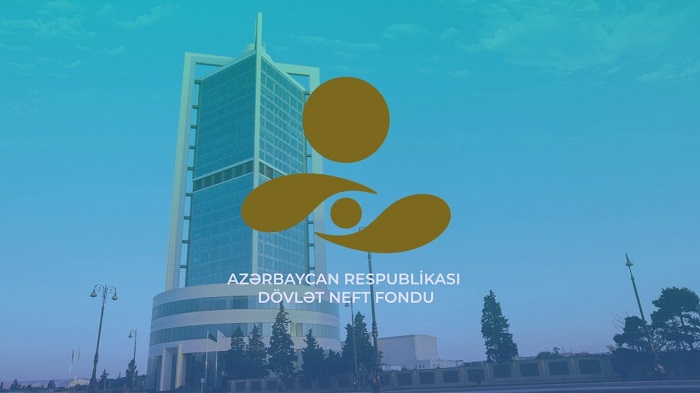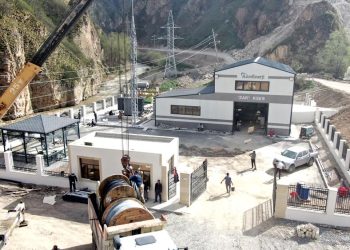The global liquefied natural gas (LNG) market is going through difficult times due to the glut of LNG coming into the market and the slow increase in demand. If it sounds similar to the oil story it is, because there is a linkage and there are similarities.
Some say that the LNG business will not make money for a long time to come. When many of the projects coming now on-stream were sanctioned, gas in Japan was above $16 per million British thermal units (mmBTU) and in Europe it was above $13/mmBTU. Now prices in Europe have gone down to $4/mmBTU. This has profound implications on gas trading globally and in Europe and plans to develop and export Eastern Mediterranean gas.
LNG oversupply likely to persist beyond this decade
The global supply of LNG is outstripping demand. This started in 2014 and it is is expected to carry on doing so well into the next decade. This has been happening while demand growth is sluggish.
One may ask how did the market get into this situation? This is because LNG projects take a long time to come to fruition, usually between five to seven years from planning to commissioning – long enough for market changes to cause problems, such as we are facing now. Even though the problems started surfacing in 2014, many of the LNG projects now being constructed were sanctioned long before that.
Global LNG trade reached 400 billion cubic metres (bcm) per year in 2014, but this is still only 12% of global gas trade. Based on committed projects, by 2020 global liquefaction capacity is set to grow by over 215 bcm/yr, with more expected beyond 2020. In fact the total proposed additional LNG capacity is over 1200 bcm/yr.
Clearly not all of these projects will materialise, especially given the present dire state of the industry. It is interesting to note the growth in floating LNG (FLNG) capacity. Four projects are under construction with over 11 bcm/yr capacity, with many more being proposed, totalling 240 bcm/yr capacity.
By 2017, it is expected that Australia will become the top LNG producer with 140 bcm/yr, surpassing Qatar at 127 bcm/yr. The US is following closely behind. In addition, significant liquefaction capacity has also been proposed in Canada, East Africa and Russia. Between 2014 and 2020 liquefaction capacity will grow by about 6.5% per year, which is much faster than demand growth.
Global LNG demand
In 2014, the Asia and Asia Pacific regions accounted for 75% of global demand. Japan has been and remains the largest importer of LNG, importing 120 bcm in 2014, accounting for 36% of global trade. However, this was because all of Japan’s nuclear capacity had been shut down following the Fukushima disaster in 2011. Since last year Japan and South Korea have been re-starting their nuclear reactors, with the result that LNG demand has been going down.
On the other hand, China and India are expected to drive import growth in the longer term. But in China, slower economic growth and fuel competition is slowing down the country’s ability to absorb new supplies in the short to medium term. In fact, China’s LNG imports declined by 1% last year. In India, as in most of Asia, the sustained low price of coal is slowing down use of LNG for power. The cost of coal is now below $2/mmBTU. As a result, coal remains from an economic point of view the strongest competitor of LNG in Asia.
Overall, LNG demand growth will continue being stronger than gas demand growth, but not strong enough to absorb the glut of LNG coming into the market. It will be well into the 2020s before this happens.
Future of LNG
In the longer term, ie after the middle of the next decade, the future of LNG is expected to be bright. However, in the short to medium term the LNG industry will be facing a bleak period due to oversupply and slack demand as explained earlier on.
As a result, project developers will be less willing to commit to capital-intensive liquefaction projects. It will be increasingly difficult to convince financial institutions to put major sums of money in projects to increase capacity.
Given the current state of the oil and gas industry capital expenditure (capex) budgets are under pressure and financing is a challenge. In addition, while oil prices remain low, the prospect of inadequate returns on oil-linked LNG sales will deter developers until greater certainty is established over long-term price expectations.
High LNG development costs require long-term gas sales contracts. But more recently, the market is witnessing the inherent conflict of increasingly more expensive projects trying to sell to increasingly more price-sensitive buyers. This has led to a major growth in spot and short-term LNG trading, with much lower prices, and renegotiation of long-term contracts to more buyer-favourable terms.
As a result of the high up-front capex costs, LNG is a long-term business. Projects that looked very promising when they were sanctioned a few years ago look unprofitable now. A buyers’ market is upon us with no sign for this to change anytime soon. Asian spot LNG prices for delivery next month are now down to $4.30/mmBTU. As one trader said, “there’s a bit of a squeeze going on from both sides of the world so prices are only going to go one way until things start to stabilise”, probably during the next decade.
Impact on Europe
As we saw in my Cyprus Weekly article last week, Europe is the biggest importer of natural gas in the world. But Europe’s actual LNG imports are limited to about 40bcm, about 10% of the EU’s gas demand.
The European Commission has put in place an LNG strategy that will improve access of all member states to LNG as an alternative source of gas.
The problem though is pricing. In the EU oil-indexation makes piped gas cheaper than LNG imports, limiting LNG market penetration. Gazprom seems to be well placed to confront this competition, thanks to low production costs and export overcapacity. As a result, LNG may provide more of a strategic and supportive role in cases of spikes in demand.
Impact on East Med
In the East Med both Israel and Cyprus made gas exports to Egypt for liquefaction and onwards export to Europe central to the development of Leviathan and Aphrodite. However, given the cost of taking the gas to Egypt by pipeline, liquefying it, transporting it to Europe and re-gasifying it, it is clear from the above that this option is commercially challenged.
Israel and Cyprus need to seriously consider other export options, such as floating compressed natural gas (FCNG), floating LNG (FLNG) or even Turkey, provided the Cyprus problem is solved.
The real geopolitical impact depends on how the gas market evolves over the coming years. Given recent history, few would predict the outlook for LNG and the demand for global gas with much confidence.












